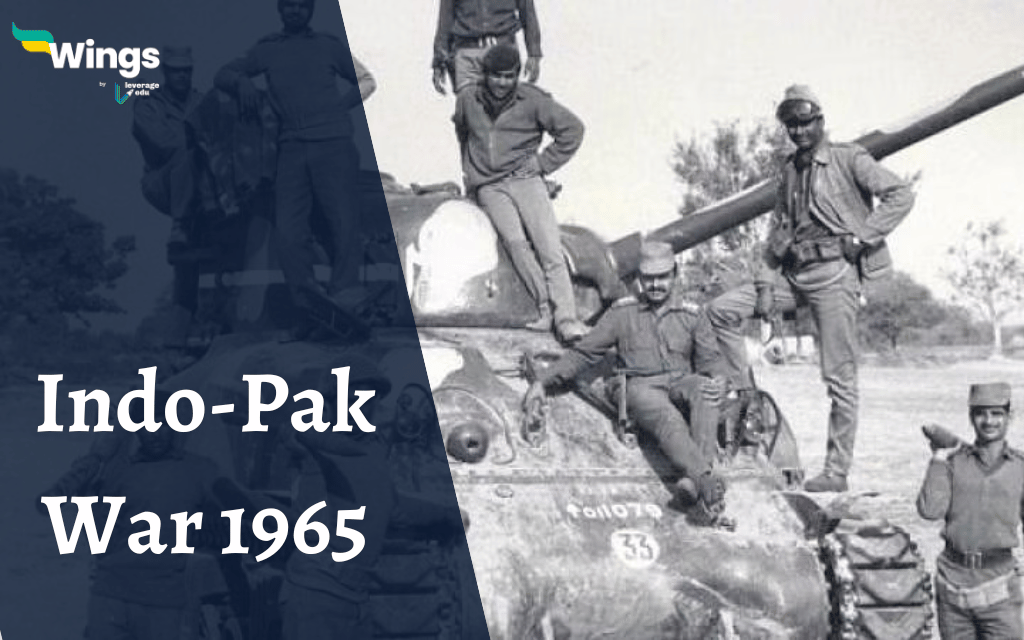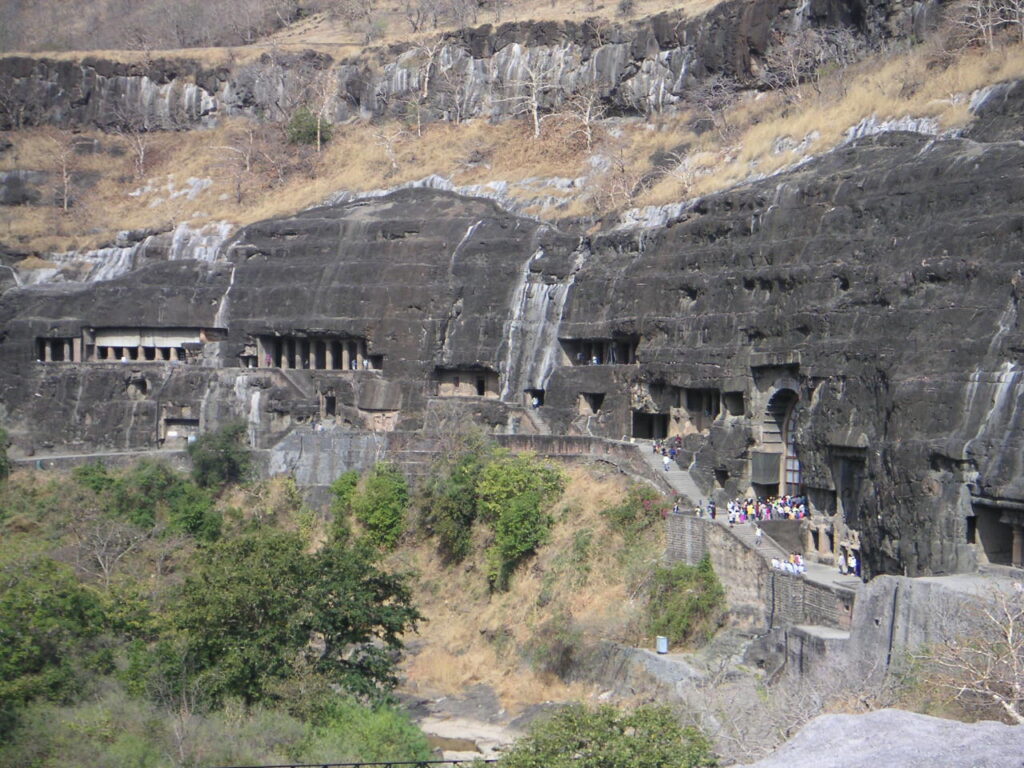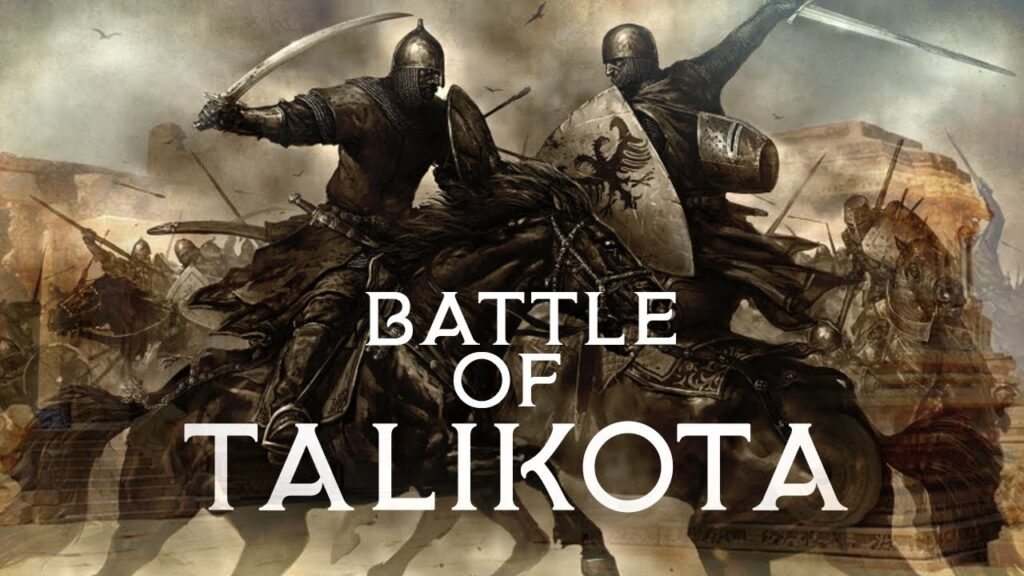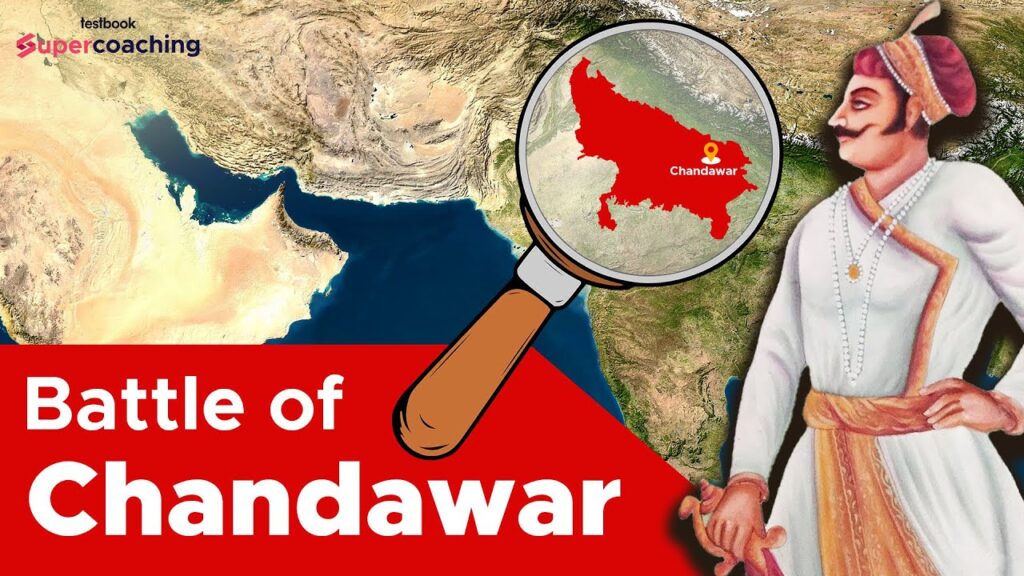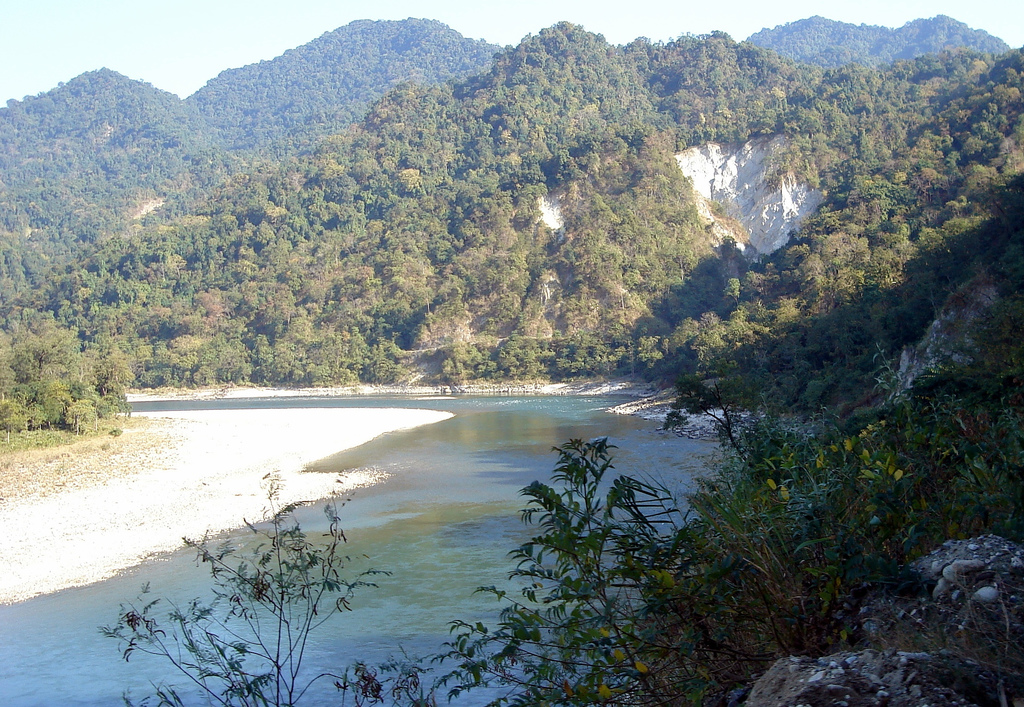The India-Pakistan War of 1965 stands as a pivotal chapter in the history of South Asia, marked by intense military engagements, strategic maneuvers, and acts of valor on both sides. This conflict, also known as the Second Kashmir War, not only tested the military capabilities of India and Pakistan but also had far-reaching implications for regional geopolitics and the ongoing dispute over Kashmir. In this comprehensive analysis, we will delve into the context, key events, military strategies, notable figures, and the enduring legacy of the 1965 war between India and Pakistan.
Historical Context:
The roots of the 1965 war can be traced back to the unresolved territorial disputes, primarily centered around the status of Kashmir, following the partition of British India in 1947. The volatile situation in Kashmir, characterized by competing claims, cross-border infiltrations, and internal unrest, became a recurring flashpoint between India and Pakistan.
Tensions escalated in early 1965 when clashes erupted between Indian and Pakistani forces along the Line of Control (LoC) in Kashmir. The Pakistani leadership, under President Ayub Khan, perceived an opportunity to challenge India’s control over Kashmir and support the separatist movement in the region, leading to a series of military confrontations.
Key Events and Military Campaigns:
- Operation Gibraltar: In July 1965, Pakistan initiated “Operation Gibraltar,” a clandestine operation aimed at infiltrating armed insurgents into Indian-administered Kashmir to incite a local uprising against Indian rule. The plan relied on covert support for Kashmiri militants and irregular forces crossing the Line of Control (LoC) from Pakistan-administered territory.
- Indian Response – Operation Riddle: India’s military response to the infiltration and escalating tensions was codenamed “Operation Riddle” or “Operation Gibraltar Response.” Indian forces launched counter-insurgency operations to thwart Pakistani infiltrators and maintain control over strategic positions in Kashmir.
- Battlefront Expansion: The conflict soon expanded beyond the Kashmir region, with both countries engaging in full-scale military operations across various sectors along the international border and the western front. Major battlefronts included the Punjab sector, Rajasthan sector, and the Sialkot-Lahore sector, witnessing intense ground battles and aerial combat.
- Aerial Operations – Indo-Pak Air War: The war witnessed significant aerial engagements between the Indian Air Force (IAF) and the Pakistan Air Force (PAF). Notable dogfights occurred over key targets such as airfields, radar installations, and strategic locations, highlighting the air superiority and combat prowess of both air forces.
- Tank Battles and Ground Offensives: Tank battles and ground offensives played a crucial role in determining the course of the war, with armored units and infantry forces engaging in fierce battles for territorial control and strategic gains along the western front and in the Chamb-Jaurian sector.
- Ceasefire and Tashkent Agreement: International pressure, diplomatic interventions, and the exhaustion of military resources led to a ceasefire agreement brokered by the Soviet Union in September 1965. The Tashkent Agreement, signed in January 1966 between India’s Prime Minister Lal Bahadur Shastri and Pakistan’s President Ayub Khan, formalized the ceasefire and outlined principles for resolving disputes peacefully.
Notable Figures and Military Commanders:
- Field Marshal Sam Manekshaw (India): Sam Manekshaw, then a Lieutenant General and later promoted to Field Marshal, played a pivotal role as the Chief of the Army Staff of the Indian Army during the 1965 war. His strategic acumen, leadership, and decisive actions guided Indian forces to significant victories, particularly in the Punjab and Rajasthan sectors.
- General Ayub Khan (Pakistan): As the President of Pakistan and Commander-in-Chief of the Pakistan Army, Ayub Khan oversaw Pakistan’s military strategy and operations during the 1965 war. Despite initial optimism and tactical gains, Pakistan faced challenges in sustaining momentum and ultimately accepted the ceasefire and peace negotiations.
- Air Marshal Arjan Singh (India) and Air Marshal Nur Khan (Pakistan): The Indo-Pak air war witnessed remarkable contributions from Air Marshal Arjan Singh, Chief of the Air Staff of the Indian Air Force, and Air Marshal Nur Khan, Chief of the Air Staff of the Pakistan Air Force. Their leadership and tactical decisions influenced the outcome of aerial engagements and strategic bombing campaigns.
Valor and Sacrifice:
The 1965 war showcased exemplary acts of valor, bravery, and sacrifice by soldiers, pilots, and civilians on both sides of the conflict. Stories of gallantry, resilience, and camaraderie emerged from the battlefields, highlighting the human spirit amidst the horrors of war.
- Battle of Asal Uttar: The Battle of Asal Uttar in the Punjab sector became a defining moment in the war, where Indian forces, under the leadership of Brigadier Zorawar Chand Bakshi and other commanders, halted and repelled major Pakistani tank offensives. The courage and determination of Indian tank crews and infantry units turned the tide in favor of India.
- Air Combat Heroics: Aerial dogfights between Indian and Pakistani fighter pilots showcased exceptional skills, courage, and tactical maneuvering. Notable engagements such as the “MIG-21s vs. Sabres” encounters demonstrated the prowess of both air forces in intense aerial duels.
- Sacrifice and Resilience: Civilians living in border areas, particularly in Punjab and Rajasthan, faced hardships and dangers during the war due to cross-border shelling, displacement, and disruptions. Their resilience, support for the armed forces, and contributions to the war effort remain integral to the war’s collective memory.
Legacy and Impact:
The 1965 war had significant implications for Indo-Pak relations, regional dynamics, and military doctrines. Key aspects of its legacy and impact include:
- Military Lessons and Modernization: Both India and Pakistan gleaned valuable military insights from the war, leading to doctrinal reforms, technological modernization, and strategic recalibrations in defense planning and preparedness.
- Diplomatic Channels and Peace Initiatives: The Tashkent Agreement and subsequent diplomatic engagements laid foundations for dialogue, confidence-building measures, and efforts to prevent further escalation of hostilities between India and Pakistan.
- Kashmir Dispute and Cross-Border Tensions: The unresolved Kashmir issue remained a focal point of bilateral tensions and sporadic cross-border incidents, underscoring the enduring challenges in achieving lasting peace and stability in the region.
- National Identity and Commemoration: The war’s anniversaries are observed in India and Pakistan with solemn tributes, military parades, memorial services, and reflections on the sacrifices and lessons learned during the conflict. War memorials, museums, and veterans’ narratives contribute to preserving historical memory and honoring the fallen.
- International Perspectives: The 1965 war attracted global attention and scrutiny, reflecting Cold War dynamics, superpower influences, and efforts by major powers to de-escalate the conflict and promote regional stability.
Continued Relevance and Calls for Peace:
While the India-Pakistan War of 1965 remains a significant historical event, it also serves as a reminder of the enduring need for dialogue, conflict resolution, and peaceful coexistence in South Asia. Calls for confidence-building measures, people-to-people exchanges,

